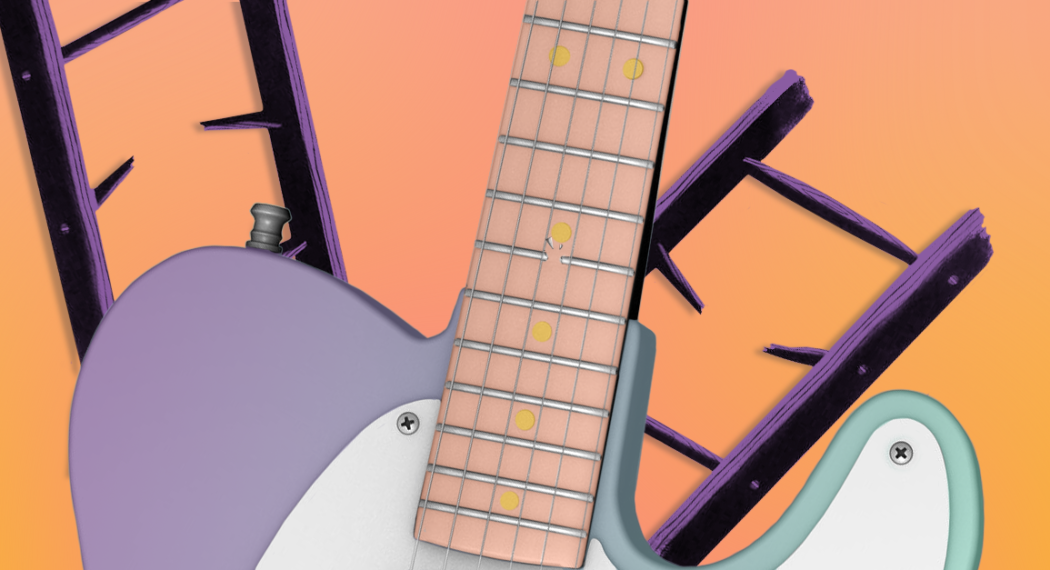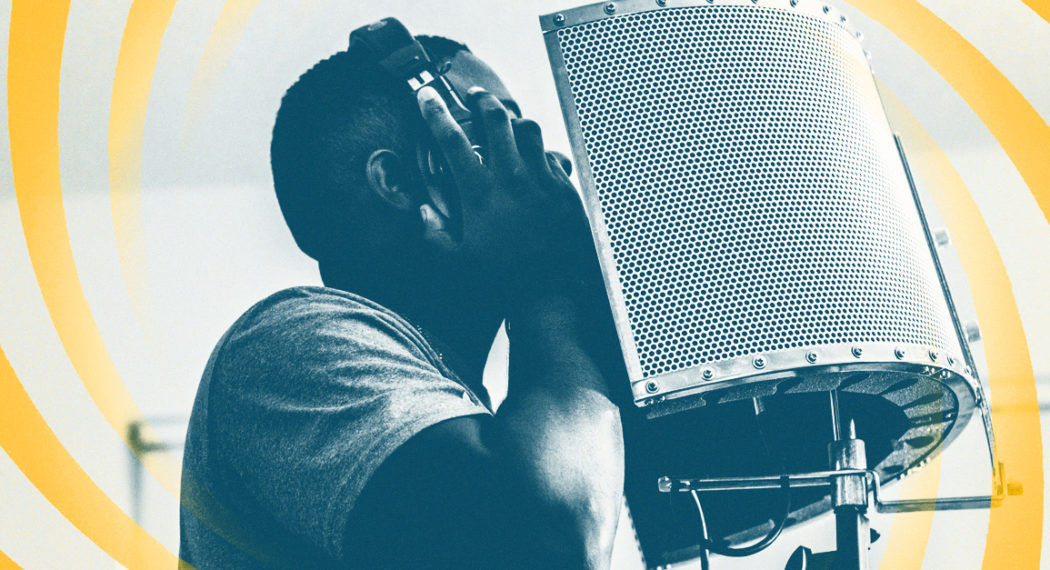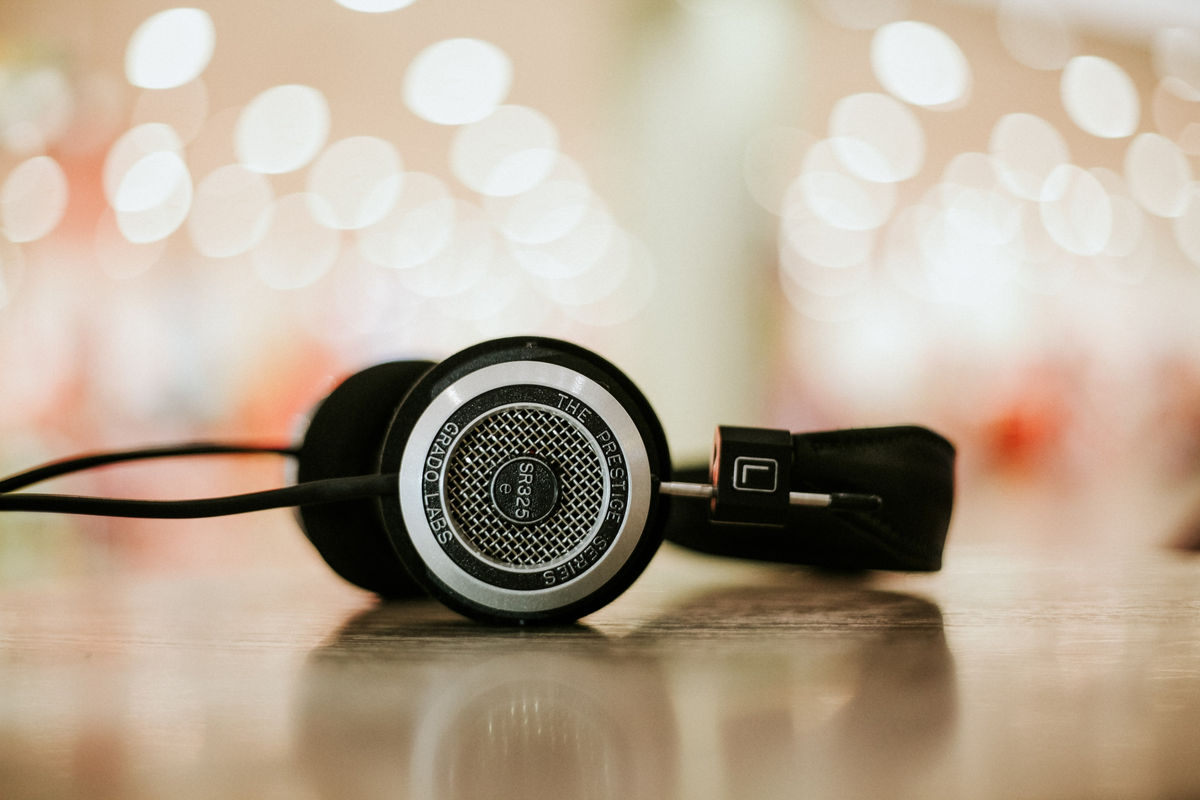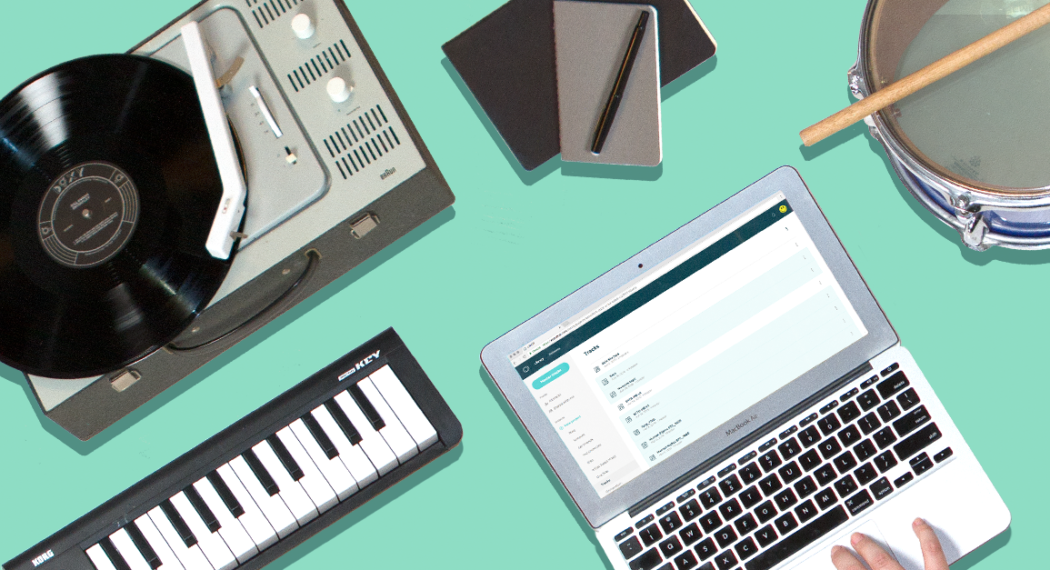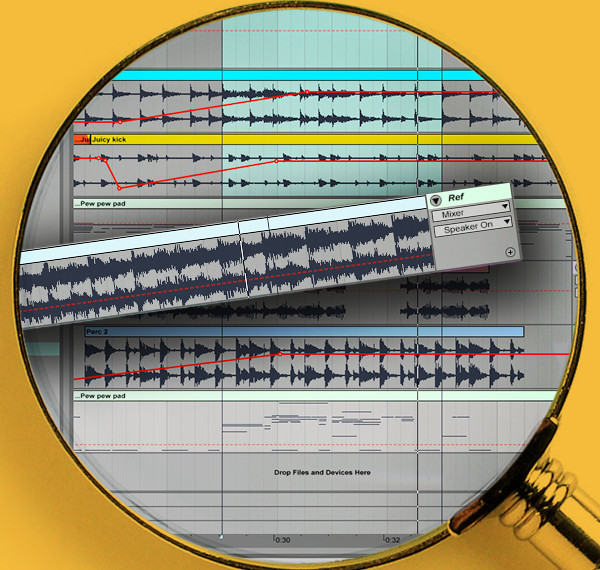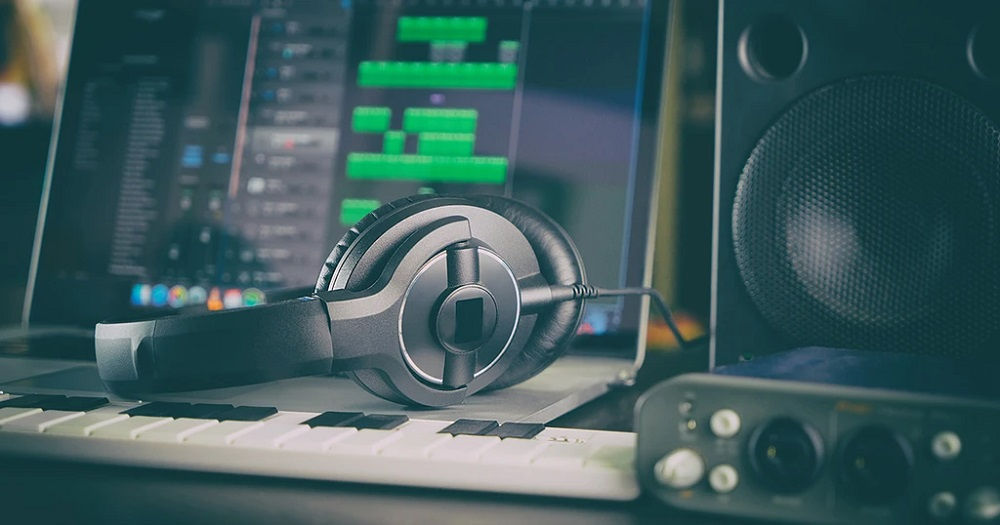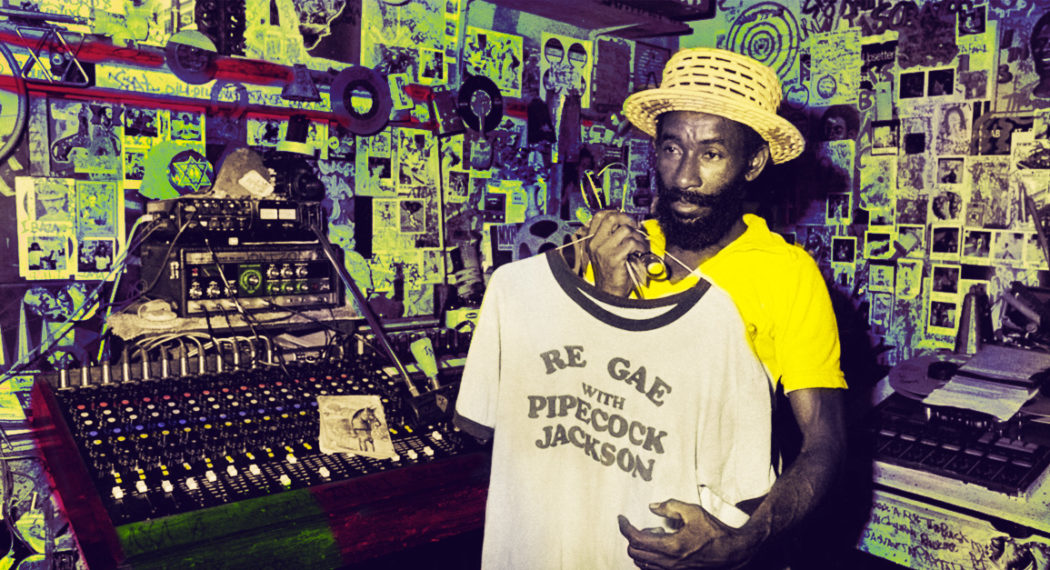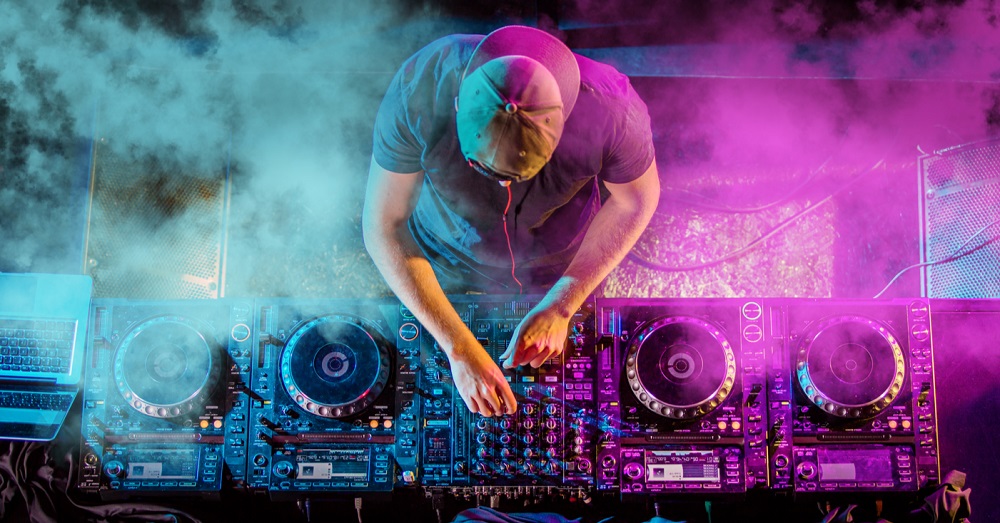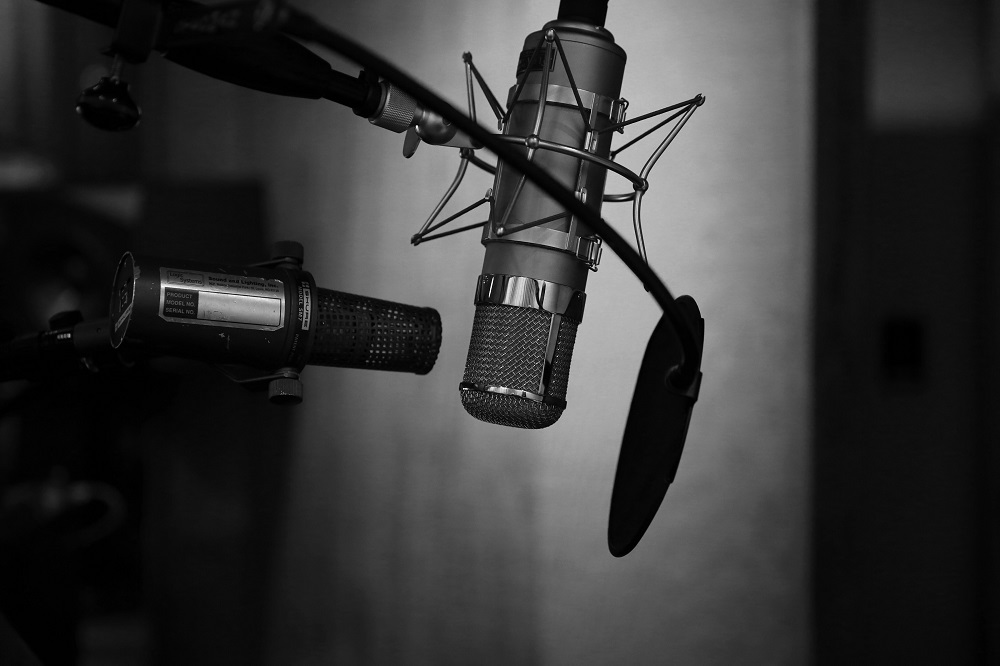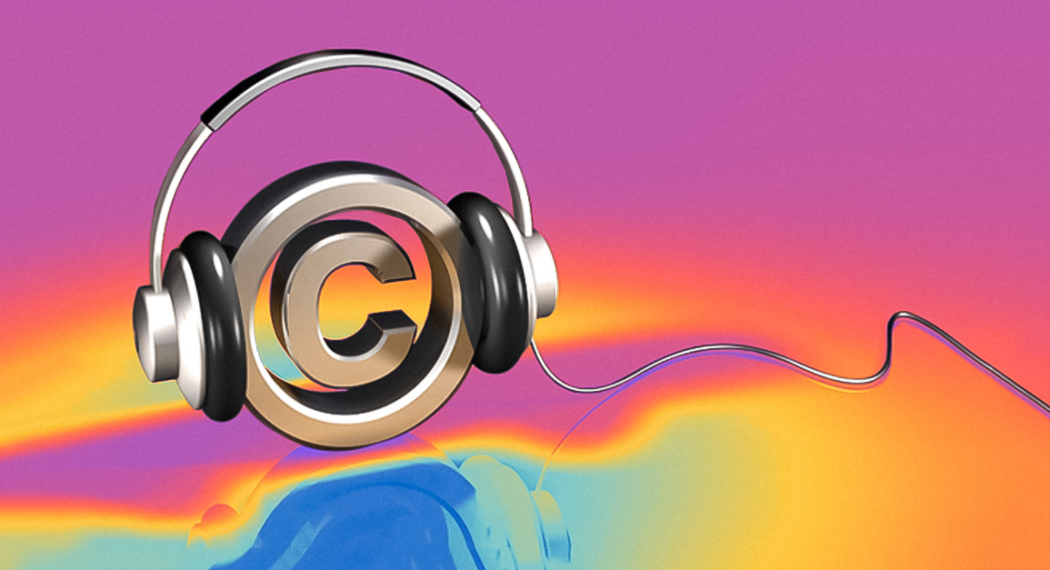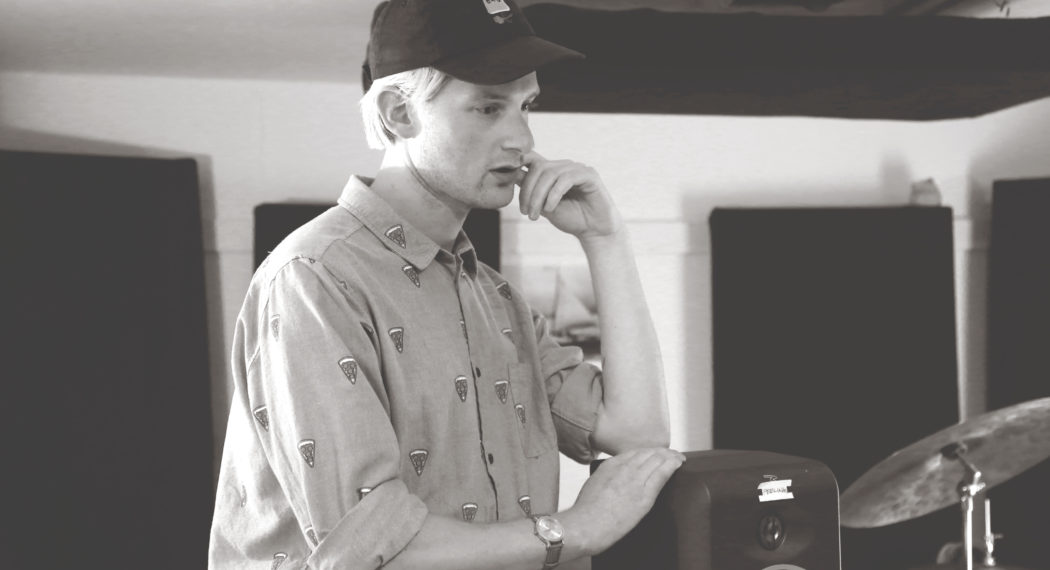The days of paying to hear recorded music are over. If you want to hear something, all it takes is a couple clicks or taps.
So that must mean that musicians are out of luck right? Wrong.
It means that in order to sell your sound, you’re gonna need to know all about music distribution and promoting your music once it’s out. It’ll take some creativity too—y’know, that same creativity you use to make music everyday.
Here’s 8 of the most overlooked ways to get paid for your music:
- Distribute your Music with a label
- Give your music away for free, but do it with style
- Fiverr
- Musicians are getting paid royalties every day and SOCAN you
- Get in syncs
- Youtube IDs
- Rolling in the merchandise
- Super-fans
They won’t work for everyone but try them and you might be surprised. Being successful in music is about taking risks. And they’re simple to try, so why not!
1. Distribute your Music without a label
The digital music distribution boom has made distribution available to all artists—not just those who get signed to labels. You don’t need to spend your entire promotion budget on it either or split your royalties if you do it yourself.
Getting your music on Spotify, iTunes, Apple Music, Google Play and other platforms makes you available to your fans wherever they listen to music. Obviously the royalties won’t be huge the second your music is in the stores.
But it gives you a channel to build on through promoting your music and growing your fanbase organically.
Plus, playlists are the big players in the digital music era. Streaming platforms help recommend your music to music lovers who’ve never heard you before. And those people are your future fans who will pay for tickets to your shows, buy albums and merch, and stream your music.
Distribution ensures that all your music promotion efforts don’t go to waste when someone is looking for your tunes on their favourite platform.
2. Give your music away for free, but do it with style
It’s no longer enough to just simply sell your album. Streaming has definitely made things a bit weird when it comes to selling music.
Consumers still want to support music. Listeners just want something special. And on their own terms.
That’s why many artists have started giving albums away for free—but with extra goodies on top.
How you sell your album — or give it away — has to be just as creative as the music itself. So be creative with how you get your album out there. Sell an experience, not a ‘thing.’
3. Fiverr
Fiverr is one of the fastest growing places for musicians to sell their music.
It’s an online community where people can sell their services starting at $5—including the sale of beats, songs and other music related services for many purposes.
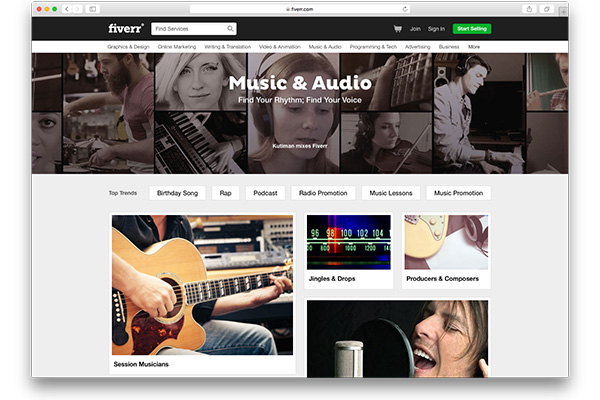
There is already a huge community of people selling tracks on Fiverr.
But it’s still not that hard to stand out. Hot Tip: tracks that have been run through mastering software tend to stand-out and sell better.
4. Musicians are getting paid royalties every day and SOCAN you
Did you know that every time you hear music in an elevator the artist who made it is getting paid?
Now i’m not saying go out and make elevator music (but if you’d like to, go ahead). What you should do is get involved with the organizations that take care of royalties for artists.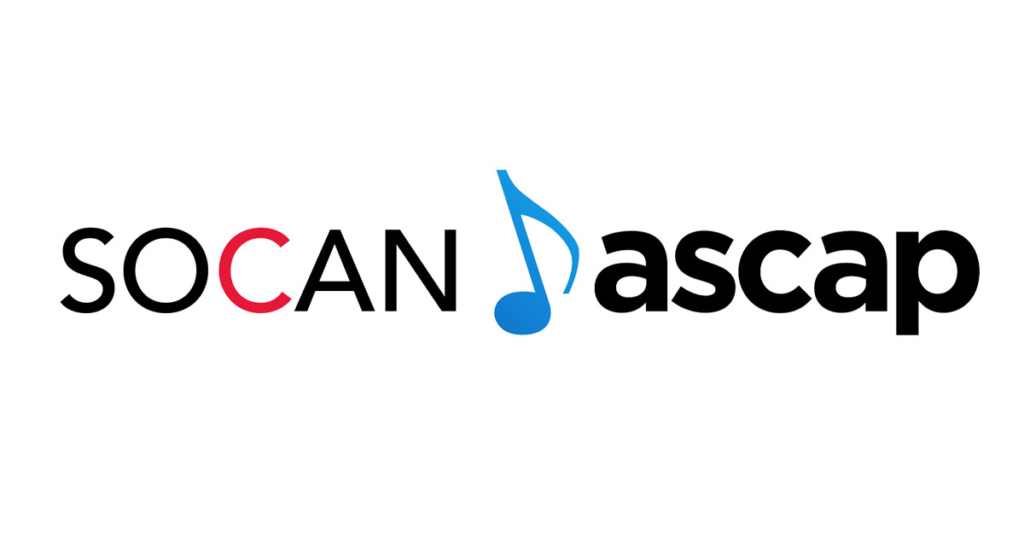
In the US it’s ASCAP. In Canada it’s SOCAN. But most major countries have services that take care of royalties for artists.
5. Get In Syncs
Syncs, sometimes called placements, refer to the music used in other media like TV shows, movies, or commercials.
Placements are usually arranged through music supervisors or placement agents. They use sound libraries to find music for their projects.
One of the best sites for starting out with Syncs is Versus Media. They put artists in touch with smaller TV and film projects that needs music. Plus it’s free to join.
Pump Audio is also great for placements. Just submit 2 tracks to get ‘green lighted’ then upload as much as you want to their library.
6. YouTube IDs
Youtube is the #1 music streaming service on the internet. It beats iTunes, Spotify, and Tidal for total streams no problem.
If your music gets uploaded you should be getting paid for it. Youtube has a a system called Content ID that finds exactly where your song is being used on Youtube.
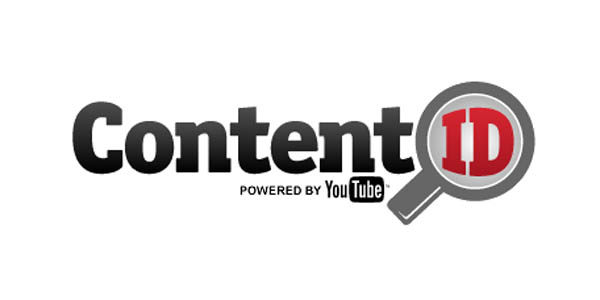
If it finds your music somewhere and you are the copyright owner you can choose to monetize it by placing ads on the video. It’s like having your own little Youtube booking agent.
Find out more about Youtube Content ID here.
7. Rolling the merchandise
Merch is a sure thing. But it’s also becoming a lost art.
Whether it’s selling t-shirts and records at a show, or selling your shoes on Ebay, merch is a great (and affordable) way to make some pretty sweet dough.
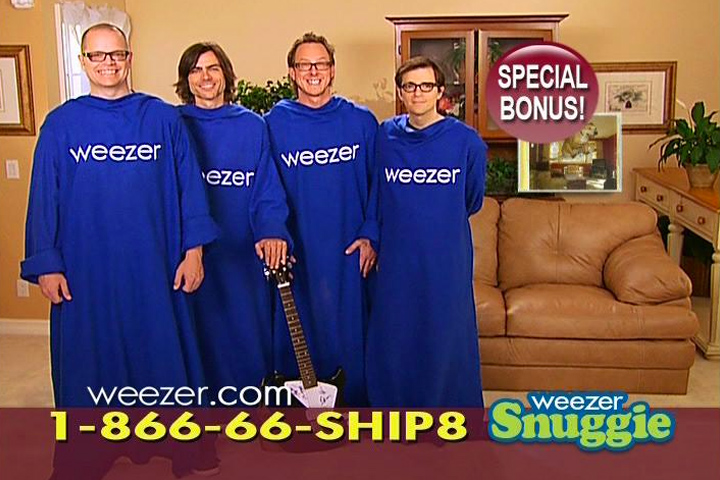
Fans want something authentic that comes from the artist—something a digital stream can’t often do. So give them the option.
It doesn’t have to be in person either. Sites like BigCartel and Bandcamp give artists the stress-free tools they need to sell merch.
8. Super-fans
The most valuable currency in music isn’t money. It’s fandom.
Nurturing super fans is tough work. But it will pay off the most in the end. It means being a human first and an aspiring musician second.
Super-fans truly love your music and will support it in any way that they can. Forever. So talk to your fans. Meet them face-to-face. Be there when they contact you.
Perhaps one of the best things for DIY music promotion is real, genuine fan/artist relationships. So build them.
Mo’ money, less problems
Now that you have some extra cash flow, the best thing you should do is re-invest into your project.
Keep an artist fund that you only touch when you have to. Save it up and use it wisely to grow your project even more.
Just don’t blame us when all your less savvy artist friends start hitting you up for loans.

